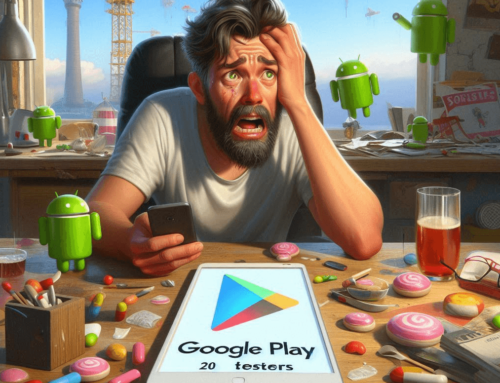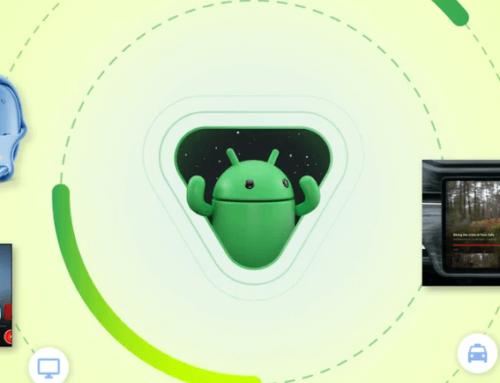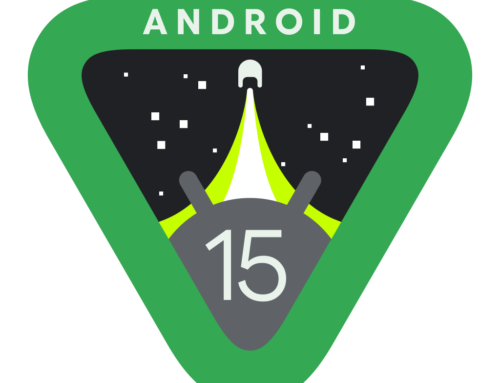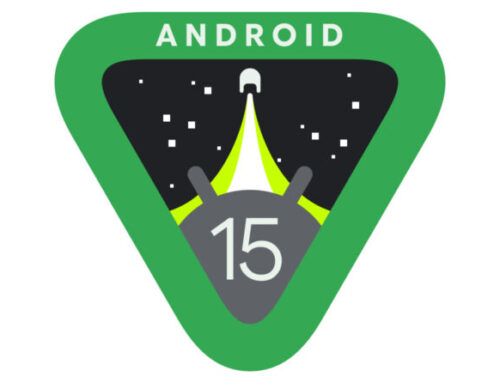Google recently launched ARCore, a kit for app developers to be able to build faster & easier augmented reality apps. Augmented reality apps are not a new thing, just that until now I can barely name a dozen such apps that picked up in popularity. Pokemon Go comes to mind as the most popular one, Google Translate as the most useful (if you didn’t know, you can point at writings in other languages and have instant translations) and maybe Google Skymap as the most beautiful one. Plus a bunch of other AR games with factions and stuff.
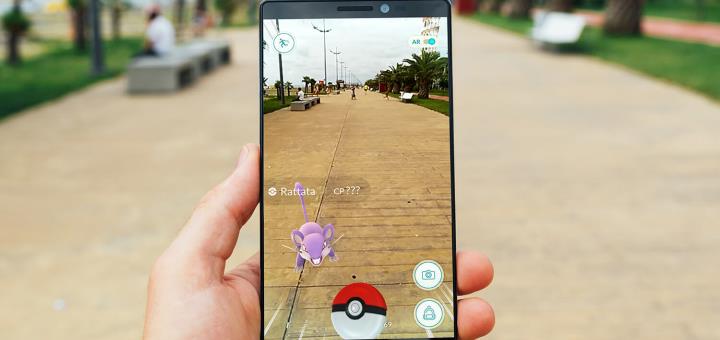
Anyway, this never picked up to its full potential, and while we wait for the true VR apps & games that will keep our minds hostage, I still believe there is a lot of wiggle room for augmented reality apps. And Google shares my vision (or vice-versa), as the release of #ARCore means they want devs to build more augmented reality apps and tap on a poorly tapped market.
The ARCore kit is available here, and it easily integrates with Android Studio, Unity and Unreal, pretty much the most popular IDEs for creating apps. And it also has support for web tools, so you could integrate a Javascript library and use any web tools you want to create an AR web app. The ARCore SDKs include APIs to implement all the essential AR features such as motion tracking, environmental interaction, light estimation and others for creating a new native app or updating an existing one.
A big advantage to start working on AR apps using Google’s SDK is that you have a chance at being promoted by Google. They have created a website dedicated to ARCore Experiments, basically showcasing AR creations from 3rd party devs. ThisIsARCore has a section where you can submit your AR project. You will need at least a video that shows your AR app/game in action, with more chances at being featured if you also share your GitHub repository (i.e. your project is open source).
Here are some of the most promising ARCore experiments:
Tutorials
This is actually brilliant. Imagine that instead of the boring manuals you get for the coffee machine or any other machine, you’d actually scan a QR code with your smartphone and see an interactive tutorial. Point at the coffee machine, choose Espresso and bham, see the steps you need to take to make a delicious coffee. Point at the bread maker, choose a type of bread and bham, see how to make it. Buy some furniture item from Ikea, point your AR-enhanced Ikea app at it and bham… well it’s Ikea, no matter what a part will be missing but you get the point, interactive how-to’s are a great idea for apps.
Interactive tourist info
Instead of spending millions on creating tourist booths and printing all kind of useless crap, cities could invest a little in creating an augmented reality app that displays tourist info. Point at a painted rock and see how that was an historical landmark, point at a sign by a bigger rock and see interactive information about don’t know what mountain. This way tourists could get the information right when they need it.
Gaming
Augmented reality enhanced games are awesome, just take into account how popular Pokemon Go became. People want to associate real-life elements with imaginary gaming characters. Dragons flying around, funny animals for educational games, or why not incredible courtyard races. Or imagine board games, you point your smartphone at any surface and play against a competitor that does the same. The possibilities are endless.
Programming robots for a hobby
Robotics can be a fun hobby because not only you get to train your brain but you get to see the results of your little Frankenstein. This ARCore example shows just that, a programmed robot that follows an imaginary drawn path. That’s the trick, you get to draw a highway on your smartphone using the augmented reality app, and your programmed robot follows it.
Party app
Fireworks and music? Time to party! A great use of AR however it’s more for a party of one. It would be odd that everyone at a party would need to point the smartphone to see the fireworks, but still a fun way maybe for a smaller kids’ party. Blowing in a candle without the actual candle, there’s the next great idea for an AR experiment.
Drawing
I had this dream as a kid where I would draw a door on the wall and be able to physically open a portal to a different place. This drawing app gets close to that, it lets you draw imaginary elements all over your room and interact with it. I’m thinking of a fun maze-solving game.
Anyway, these are only a few examples of augmented reality experiments, and it does look promising. If you are an Android dev I see a good opportunity here, at least while Google is trying to promote its ARCore kit. Just that as soon as you have some sort of working demo for your ARCore experiment submit it to Google’s ThisIsARCore site to benefit from a possible promotion via their channels.

